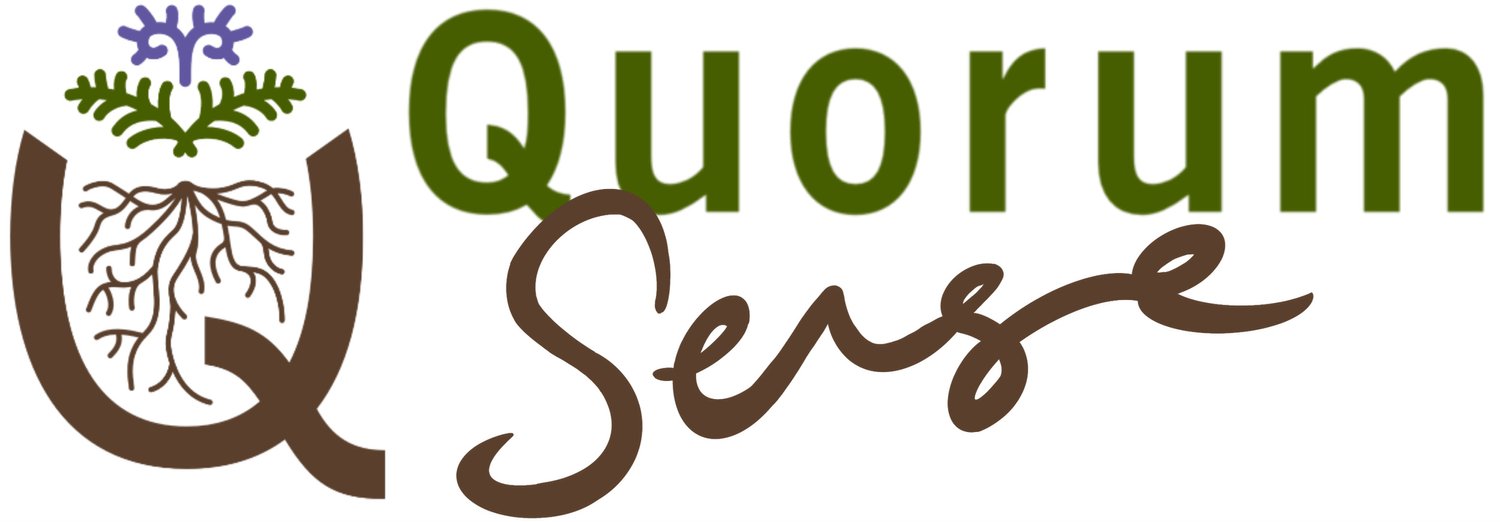What is regenerative grazing management?
Grazing management can drive positive or negative outcomes in all aspects of farming systems. As regenerative grazing approaches have gained interest, many kiwi farmers have learnt lessons the hard (and sometimes expensive) way.
The information below summarises the collective knowledge and insights of 13 farmers with experience developing regenerative grazing systems, to help other farmers avoid some of the common pitfalls when experimenting with different grazing strategies, and ultimately achieve better results faster.
If you prefer to listen rather than read, the webinar recording below presents a summary of this information, and includes a Q&A session with three of the 13 farmers who contributed their knowledge and insights to this resource.
Defining regenerative grazing managment
Regenerative grazing management can be defined as a grazing system that improves all outcomes that are considered important in a specific context. These outcomes usually include soils, pastures, animals, people, profits, environment, etc.
There are practices and processes commonly associated with regenerative grazing. However, like any tool, these can be mismanaged or used inappropriately, resulting in poor outcomes. As our soils, climates, pastures, livestock and people are diverse, your grazing management approaches need to be adapted to each specific context to be effective.
We asked our 13 farmers what the purpose, goals or benefits of regenerative grazing management are. This is what they came up with.
Purpose, goals and benefits
Regenerative grazing management can bring more or better..
rooting depth
captured rainfall
nitrogen fixation
soil health and ecological function
green grass grown
photosynthesis and nutrient density
livestock performance
effective area of farm in production
animal health
wildlife
joy and connection
observation
resilience
Regenerative grazing management can result in less…
external inputs and costs
stress on animals and people
pugging and soil damage
reliance on ‘band-aid’ fixes
Regenerative grazing management can create balanced or optimal…
productivity
soil nutrients
seasonal pasture growth distribution
feed quality and quantity in winter
colour and vibrancy of the farm
Strip grazing deferred grass early summer leaving good soil cover and even manure distribution
Boundary fence showing impact of different management - rotational grazing on the left, set stocked on the right
(Note: Click on any underlined in blue word(s) in the text below to open a definition of that term).
Disclaimer: The information, opinions and ideas presented in this content is for information purposes only and does not constitute professional advice. Any reliance on the content provided is done at your own risk. (click here to view full disclaimer).
Toolbox index
-
Getting started with a regenerative approach to farming
-
Knowing where to start
-
About regenerative agriculture
-
-
Getting to know soil health
-
Soil health
-
Biological nutrient cycling
-
-
Managing your water cycle
-
Farmer experience
-
Exploring diverse crops / pastures
-
What are diverse crops or pastures (and how do I use them?)
-
Selecting, establishing and managing diverse crops and pastures
-
Farmer experience
-
-
Regenerative grazing management


